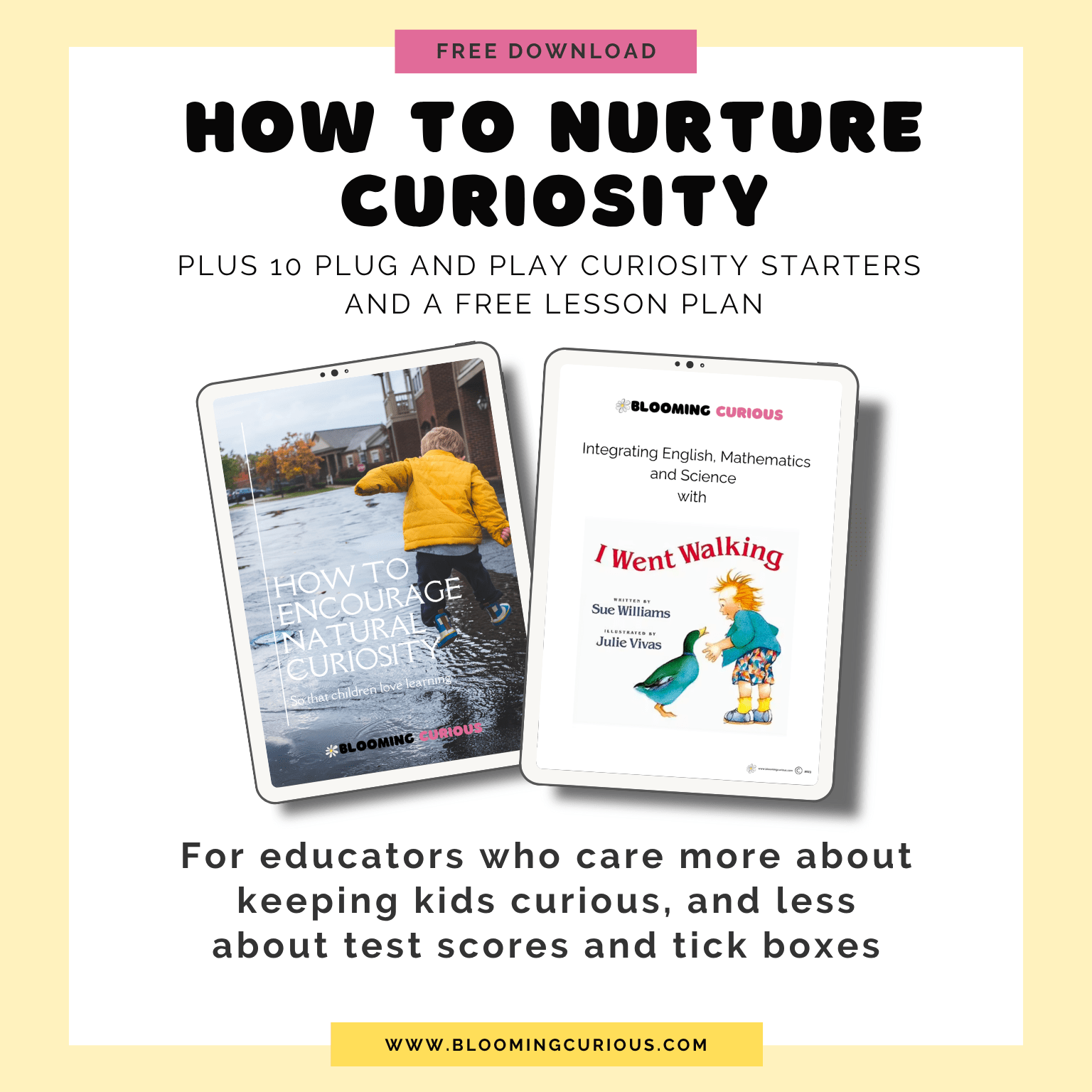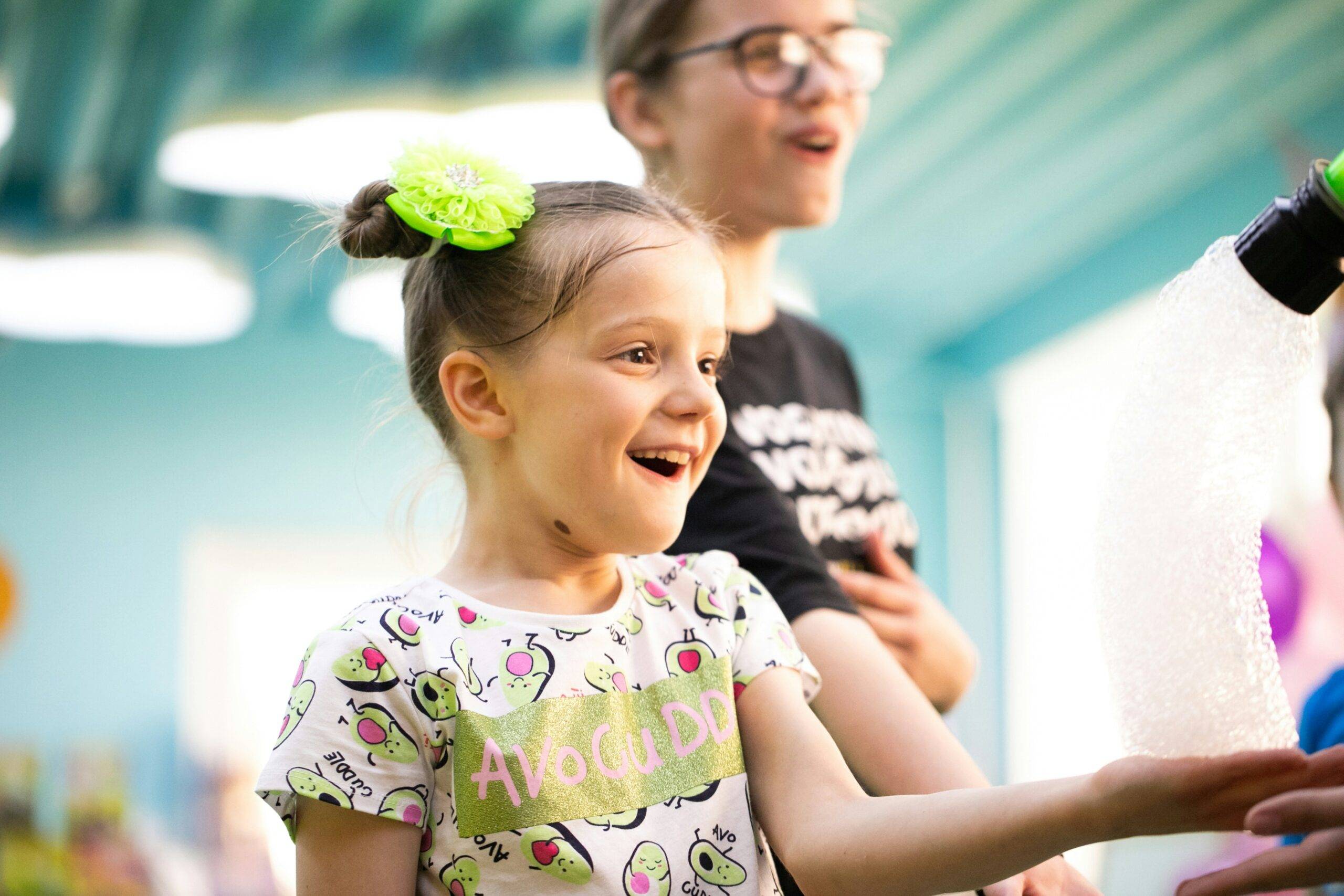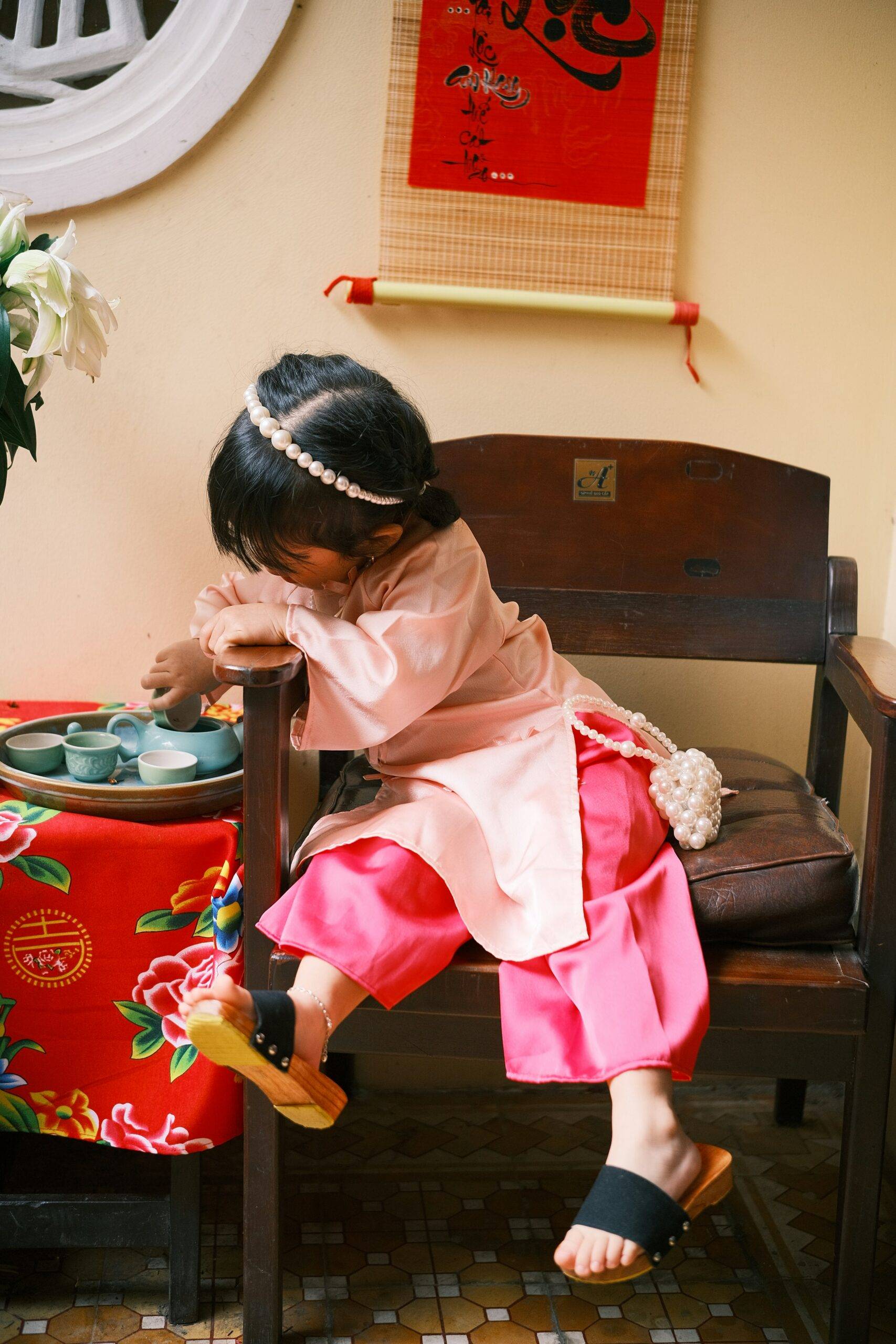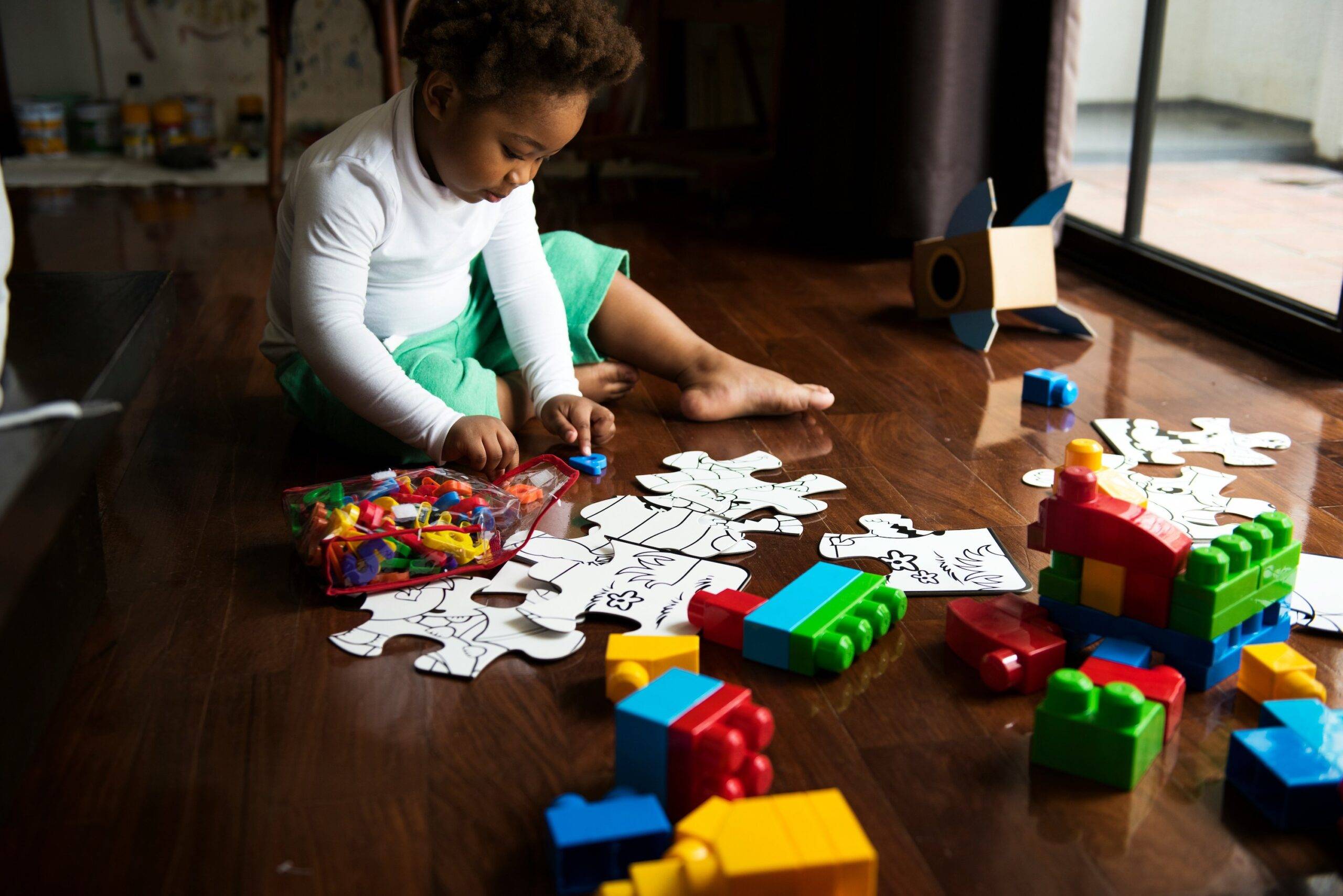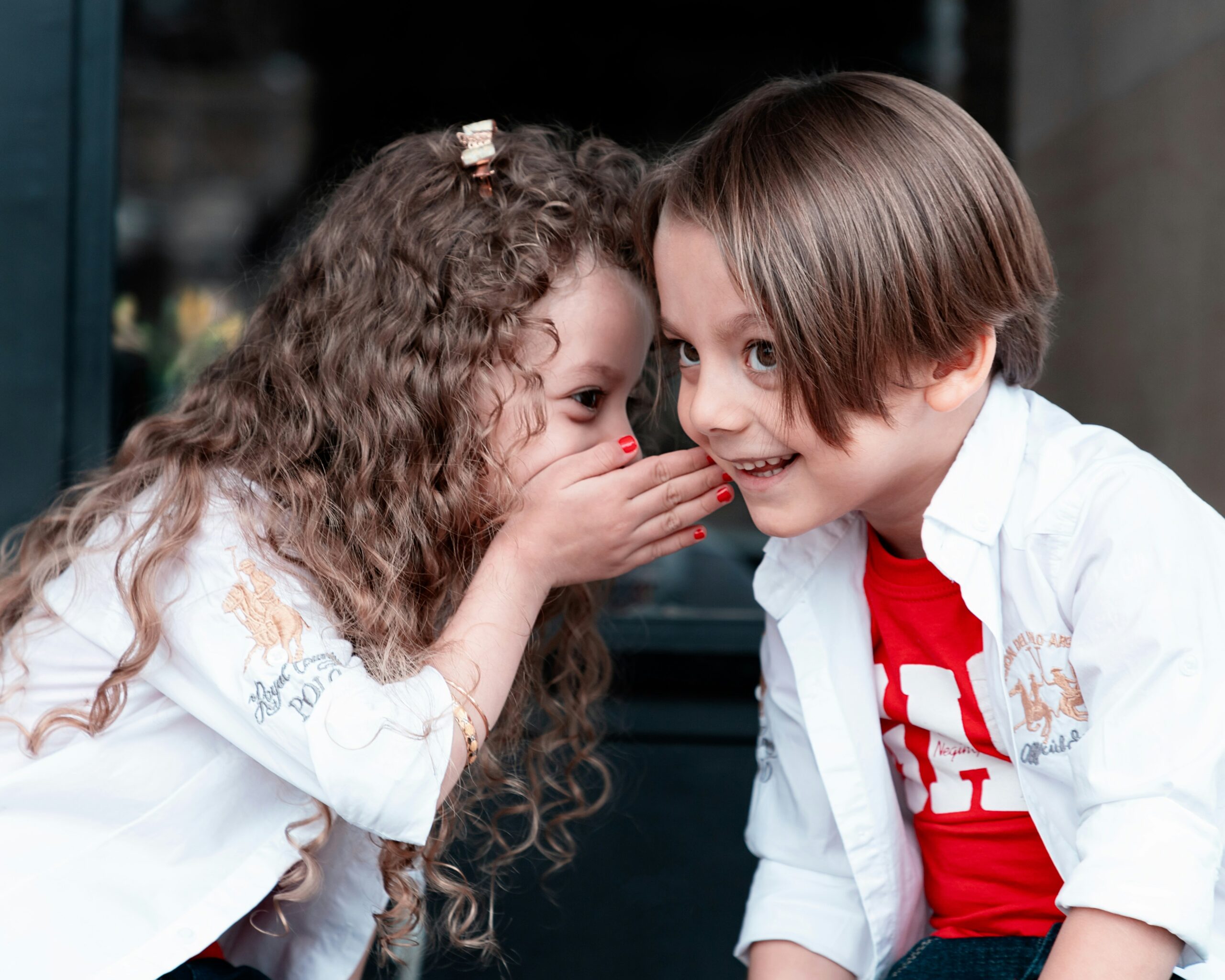Some of the links below may be affiliate links. This means that, at zero cost to you, I will earn an affiliate commission if you click through the link and finalise a purchase. All product recommendations are products that I have used and loved, or products that I would recommend based on experience.
Schools in Crisis
Schools are in crisis. Here in Australia, according to recent data by the education research group Learning First, Australian children are lagging behind their international counterparts in reading, mathematics, and science. One of the reasons we’re lagging behind in reading is a lack of explicit instruction. I addressed this in episode 22 of the podcast.
Best Strategies for Teachers: Evidence-Based Practices
A logical question to ask is: what are the best strategies and practices for teachers to use to get the best out of children? As professionals, we’re looking towards evidence-based strategies, which lead us to High Impact Teaching Strategies (HITS).
What are High Impact Teaching Strategies (HITS)?
HITS are instructional practices that reliably increase student learning. These strategies emerge from studies and findings across Australian and international schools and the work of John Hattie and Robert Marzano, who ranked them by their effectiveness in student learning, known as their Effect Size. Researchers like Hattie, Marzano and others have used different methods to calculate effect size, but they agree on the most powerful strategies.
In Australia the AITSL Standards also refer to Hattie’s work in High Impact Teaching Strategies.
The Education Department of Victoria her in Australia has a PDF that sets out the 10 highest impact teaching strategies.
The List of 10 High Impact Teaching Strategies
- Setting Goals
- Structuring Lessons
- Explicit Teaching
- Worked Examples
- Collaborative Learning
- Multiple Exposures
- Questioning
- Feedback
- Metacognitive Strategies
- Differentiated Teaching
Inquiry-Based Learning: Misconceptions and Reality
What Inquiry-Based Learning Entails
Notice something? Inquiry-based learning isn’t listed among the High Impact Teaching Strategies. This got me thinking: what does inquiry-based teaching entail?
Goal setting.
Students and teachers decide on what they want to determine and through the inquiry process, determine a path to get there.
Structures Lessons
Contrary to popular opinion, inquiry lessons are structured. It’s nonsense to think that teachers simply say to children, “Well, off you go, go and inquire.” I urge you to read Kath Murdoch’s book Getting Personal with Inquiry Learning and Trevor Mackenzie’s book Inquiry Mindset Elementary Edition, and you’ll see just how structured lessons are, especially in the beginning when students (and teachers) are just getting started. Inquiry is not a free for all activity, but an intentional, structured teaching strategy.
Explicit Instruction
Inquiry is also explicit. In a good inquiry classroom, we explicitly teach the process in a step-by-step fashion. Explicit instruction dovetails with inquiry. It’s not a either/or situation, but rather an and/more situation and Jessica Vance pointed this out in her interview on the podcast.
Worked Examples
Worked examples are essential for great learning outcomes. Showing students what a good one looks like, showing them the standard you want them to achieve, and giving them a clear example of what you expect is crucial if you want students not only to understand exactly what is expected of them, but also for them to perform at their very best.
Collaborative Learning and Questioning
Every other strategy on that HITS list is part of an inquiry classroom and inquiry-based learning: collaborative learning, multiple exposures and questioning.
Questioning forms the basis of inquiry. Inquiry and questioning go hand in hand.
The types of questions we ask students are really important in an inquiry classroom. We strive to get students thinking with open ended questions. To get an idea of the types of questions to ask, download you free list of open-ended questions.
Feedback and Metacognitive Strategies
Feedback and metacognitive strategies (teaching kids to think about their thinking) are also strategies used in an inquiry classroom. Giving children immediate and timely feedback helps children perform better since they gain a greater understanding of areas that need more attention and effort. Similarly, children are empowered when they gain an understanding of how they learn best and the manner in which they learn and draw conclusions around their learning.
Differentiated Teaching
Differentiated teaching is where inquiry comes into its own. Inquiry is probably the best strategy I know of for differentiation. In a typical classroom, there are a range of abilities, and inquiry allows for high-end students to progress independently while providing more support to those who need it. But no matter where students sit on the bell curve, we need to have high expectations of all of them.
Influences on Learning: Insights from John Hattie’s Research
Constructivist Teaching
John Hattie’s Visible Learning website shows that constructivist teaching has an effect size of 0.92. Constructivist teaching involves providing students with learner-centered, active instruction, where they actively explore ideas and make meaning, not just passively receive information. Inquiry facilitates this process.
Classroom Discussion and Critical Thinking
Classroom discussion (effect size: 0.82) significantly impacts student learning. Discussions are a big part of the inquiry classroom. Critical thinking (effect size: 0.81) involves skills like analysis, inference, evaluation, interpretation, deductive reasoning, and inductive reasoning. These are exactly the skills inquiry teaching strives to develop in students.
Outcomes-Based Education
Outcomes-based education (effect size: 0.97) focuses on developing the desired outcomes of the educational experience and expecting all students to reach those benchmark goals. Setting high expectations for students is essential for achievement as already mentioned.
The Role of Curiosity and Teacher Influence
Curiosity was measured across several studies across Germany and Australia with an average effect size of 0.66, but in ten studies conducted in Australia, the effect size was 0.90. Engaging students’ curiosity is crucial for maximising their learning potential, since it’s curiosity that drives the desire and interest to learn in the first place.
Teacher Influence
Teachers significantly influence student learning. Key factors include:
- Teacher Clarity (effect size: 0.85)
- Shared Teacher Efficacy (effect size: 1.34)
- Teacher Credibility
- Teacher Estimates of Achievement
Listen to episode 36 of the Blooming Curious podcast for further insights.
Conclusion: The Inquiry Mindset
Effective teaching requires a diverse set of strategies, and inquiry-based learning, when done well, covers every single one of those top 10 strategies that positively influence learning. Inquiry-based learning encourages critical thinking, curiosity, and independent learning. Isn’t this what real learning and education should be about?
If schools and teachers declare that they teach the whole child, then it goes without saying, that inquiry-based learning strategies should be included in the learning experiences and curriculum plans in order to meet the needs of the whole child.
It’s important to note that inquiry isn’t a separate subject—it’s a way of thinking and teaching. Once it becomes part of your fabric, neither you nor the children you teach will ever look back.
If you’re an educator who sees the value in inquiry-based learning and are interested in learning how to seamlessly integrate it into your existing lessons, then start by downloading the free lesson plan and How to Nurture Curiosity Naturally e-guide by clicking on the image above, AND if you want a toolkit that will help you integrate inquiry thinking into any lesson or topic of ANY curriculum then click on the image below to get your Curiosity Toolkit and start weaving inquiry thinking into all your lessons today.
If you found this content interesting or useful, then please share it by clicking the share buttons below.
🎧 Listen to the accompanying podcast episode 36 here.

